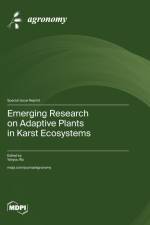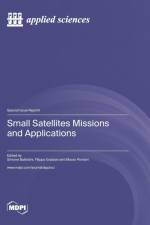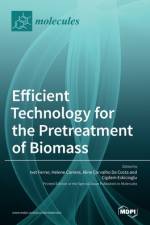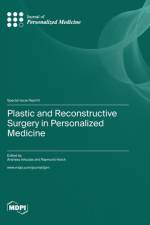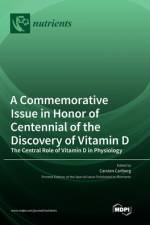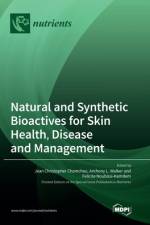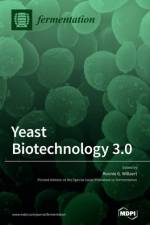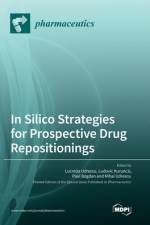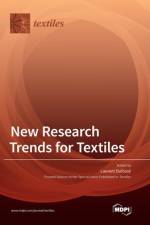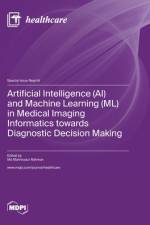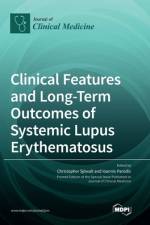1 147
In recent years, researchers have shown a special interest in natural products as alternative methods for the prevention, treatment, and/or management of various skin illnesses and disorders, primarily due to their natural availability, efficacity, reduced cost, and minimal toxicity. In a similar vein, synthetic bioactives, as well as small molecules, have been studied in vitro, in vivo, and in clinical studies as potential drugs or supplements. This Special Issue of Nutrients comprises an array of literature reviews, original communications, and studies on the roles of natural products, synthetic bioactives, and small molecules in a variety of skin disorders and diseases, such as aging, atopic dermatitis, cutaneous T-cell lymphomas, melanoma, allergies, hyperpigmentation, inflammation, and more, which were investigated through in vitro and ex vivo approaches, preclinical trials, cell-based assays, and animal models. The mechanisms of action of certain compounds are proposed, while others are currently under investigation. The authors of the papers also explore technologies designed to improve the bioavailability and delivery of certain compounds. In lieu of ongoing research on a variety of skin disorders, the wealth of information published in this Special Issue can act as a springboard for the development of new preventive and therapeutic modalities for the management of skin diseases.

